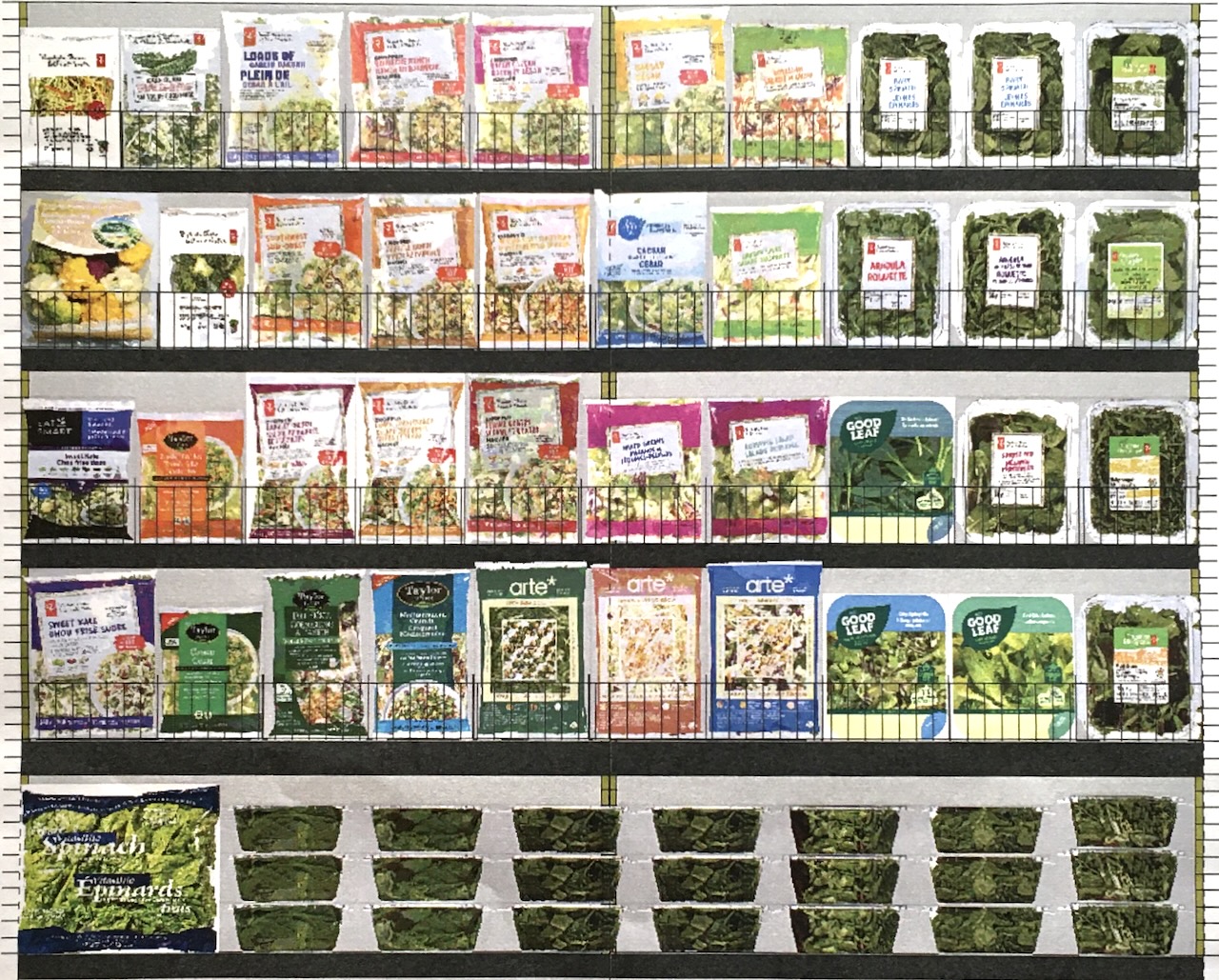RECIPE TO RETAIL: Part 35

Too often food processors and brand owners are chained to their desks firefighting and buried in day-to-day tasks. Scheduling time to leave the confines of the plant and office to visit stores provides a different and much needed perspective.
Store surveys yield a wealth of insights to translate into sales. Taking photographs, provided retailers don’t object, is an easy way to keep a record for further analysis.
For brands with limited human resources, services are provided by 3rd party sales and store support agencies. However, they view the category through a sales, distribution and merchandising lens. Therefore, it’s important for brands to visit stores regularly to review other important factors, proactively address issues, and monitor sales team performance.
Timing
Conducting store surveys prior to retailer category reviews affords the opportunity to share insights that can influence customer decisions. Devise solutions and take corrective action to address issues that negatively impact sales before meeting with category managers.
Category Overview
Since category sets are dynamic, regular store surveys capture a live snapshot of the landscape. Assess whether the category is well developed by evaluating brand assortment, sku count, sizes, flavours, pricing and private label presence. Identifying underdeveloped categories and gaps in the retailer’s portfolio can open doors for a compelling offering.
Competitive landscape
Getting a handle on the competition is critical for brand success. Compare the points of parity and points of difference with your product offering, packaging, positioning, placement, pricing and promotions. Keep up to date on what’s new in terms of groundbreaking developments, a fad or trend worth getting into. Also look for trends that are fading or have disappeared entirely.
Private label
Suss out whether there are opportunities to supply the retailer with store brand items. How prominent is private label and what percentage of the category does it currently represent? Does the program cover all the tiers: value, national brand equivalent, premium and gourmet?
Packaging
How well does your brand’s design stand out on shelf adjacent to competitors? Are flavours clearly differentiated to make it easy for shoppers? Is the container size appropriate for shelf spacing, or are oversized products relegated to the top or bottom shelf?
Also scan other areas of the store for packaging innovations, especially environmentally sustainable materials. How does your packaging measure up?
Pricing
Evaluate the pricing landscape to determine whether your products are in line, over or under priced.
What pricing strategies do your competitors use?
Review promotional activity, noting the depth, duration and frequency of discounts and what types of offers are most common in the category.
Merchandising
Examine how the category is merchandised. Check where your brand is positioned in the planogram and if it’s easy for shoppers to find. Are brands blocked or split into segments? If retail-ready packaging is commonplace, consider offering it too.
Quality assurance
Cues picked up in store can flag a potential quality problem. During my years with President’s Choice, a store visit revealed quality issues when I discovered off-colour product and damaged packaging rendering the products unsaleable.
Distribution
Out-of-stocks are sales killers. Check on-shelf product availability and ensure there are no missing shelf labels that can impede ordering.
Best before dates and production codes provide a clue to how well inventory is turning in a particular store.
Retailer strategies
Every retailer operates and merchandises their stores differently, so it’s important to visit every banner.
The wealth of information gleaned from store surveys enables brand owners to get inside the retailer’s head, gaining insights about strategies pertaining to their brand positioning, target customer, product offering, the role of store brands, merchandising, pricing, marketing, etc.
Shopper Insights
Being in store opens up the possibility of observing and engaging with shoppers, during quiet periods, to gain insights into their decision making process. Did they reach for your product or a competitor? What factors influenced their decision?
Walk the entire store
It’s also important to look outside your category, examining other store departments like fresh, frozen and centre store. Doing so can unlock potential by spotting gaps in the offering and opportunities for new listings, cross-merchandising and cross-promotions. One example is Tim Horton’s branching out into the soup and ice cream categories.
It is highly beneficial to cast a critical eye over your own brand and product portfolio. Store surveys allow you to do just that. Observations reveal useful information to apply to product life cycle management, sku rationalization, new product development, packaging design, branding and marketing initiatives.
Ultimately, store surveys enable brand owners to capitalize on new opportunities and resolve issues that threaten listings, thereby contributing to sales growth.
Birgit Blain’s packaged foods experience includes 17 years with Loblaw Brands and President’s Choice®. www.BBandAssoc.com
© Birgit Blain 2024
This article appeared in Food in Canada magazine.


